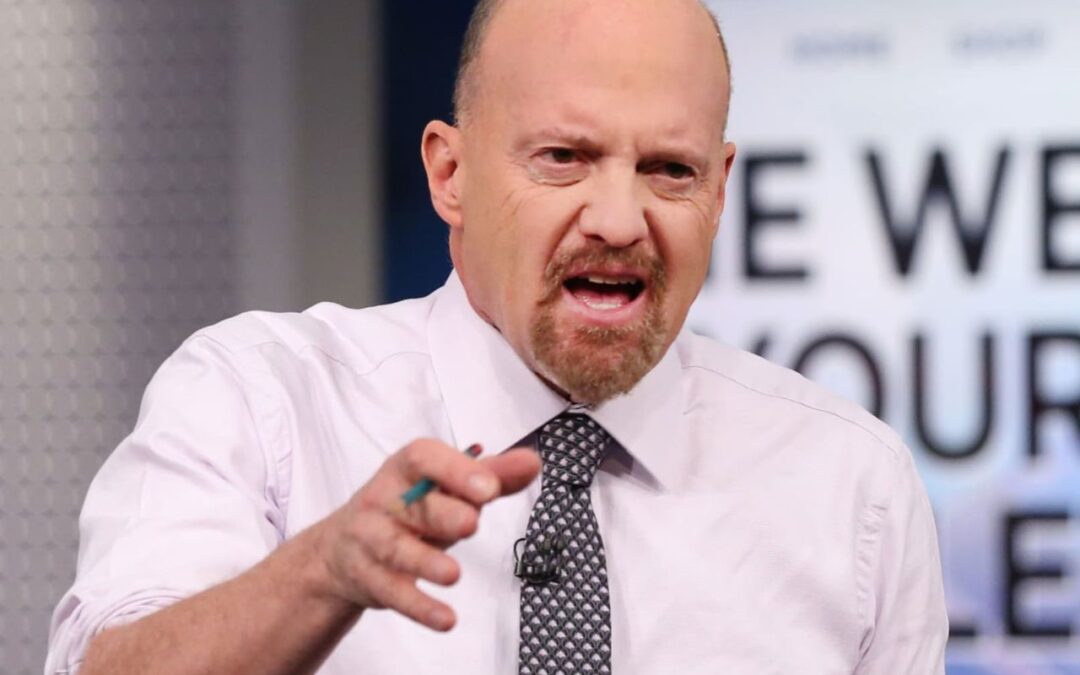Synopsis– CNBC host Jim Cramer has reignited debate with his latest advice: “buy crypto.” On September 29, 2025, he posted a photo of the National Debt Clock in New York, showing U.S. debt at $37.6 trillion. That figure has already crossed $37.8 trillion this year, according to a 2025 Peter G. Peterson Foundation report.
Cramer’s change is striking. Three years ago, he dismissed crypto as speculation. Now, he calls digital assets a safeguard against spiraling national debt. His shift aligns with a 2023 National Bureau of Economic Research study suggesting crypto could diversify risk during inflationary periods. Still, many are skeptical, recalling his mixed investment calls over the years.
The timing is also notable. Cramer is promoting his new book, released today, September 30. Critics argue his sudden embrace of crypto may be as much about publicity as conviction.
The “Inverse Cramer” Phenomenon
For years, investors have tracked a peculiar pattern: betting against Cramer often works. Known as the “Inverse Cramer” effect, it gained attention after his stock picks lagged major indexes. A 2007 Barron’s report noted his calls underperformed, while a 2009 Wall Street Journal review showed that shorting his “Buy” picks via options sometimes delivered strong returns.
The pattern even led to the creation of the Inverse Cramer Tracker ETF in 2023. Run by Tuttle Capital Management, the fund profits by doing the opposite of his recommendations. His past missteps, like backing banks before the 2008 collapse, built this reputation. Traders now joke his bullish calls are sell signals and his bearish takes are buy signals.
So, when Cramer says “buy crypto,” some hear a warning instead. On social media, crypto influencers even called it a potential “top signal.” For them, the endorsement raises more questions than answers.
Does It Signal a Crypto Peak?
Bitcoin reached nearly $74,000 in March 2024, supported by ETF demand and anticipation of its halving cycle. Many saw this as a bullish trend. Yet Cramer’s new call has prompted doubts. If his historical record holds, crypto could face volatility soon.
Studies support this caution. A 2025 Bitget review said Cramer’s market accuracy is about 50%, no better than chance. And while crypto has grown as a hedge, its extreme volatility makes it an unpredictable safe haven.
Market chatter reflects these fears. Some traders suggest the flood of bullish sentiment may be a sign of overheating. Comparisons to the 2017 crypto bubble are resurfacing, with talk of a potential correction if enthusiasm outpaces fundamentals.
Hype, Debt, and Uncertainty
The backdrop of ballooning U.S. debt adds weight to Cramer’s message. Debt growth stems from structural drivers, including higher healthcare costs and an aging population. These trends, highlighted in the Peterson Foundation’s 2025 report, show deeper problems.
Global markets remain unstable as well. A 2024 Reuters analysis linked growing debt with increased interest in gold and bitcoin as fallback options. Yet that same instability can swing sentiment sharply, especially when media figures like Cramer amplify fear.
Investors now face a dilemma. Follow his advice and trust crypto as a hedge, or assume the “Inverse Cramer” pattern will strike again. Either way, his comments add fuel to an already tense debate.
For now, one truth is clear: Jim Cramer has made crypto part of America’s debt conversation, whether investors welcome it or not. His latest pivot underscores both the promise and the peril of mixing financial media with market moves.
Written By Fazal Ul Vahab C H





